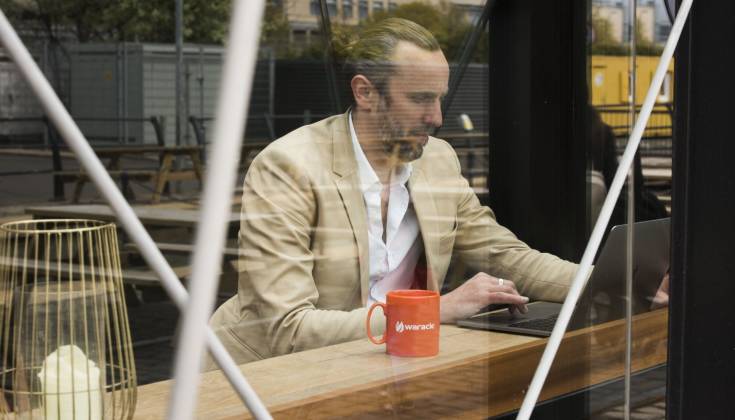
From metal ingots in the 6th century B.C to the polymer banknotes of the 21st century, our interaction with money has always had some physical component. However, the visibility of money is decreasing and the prevalence of cash is being eroded. Let’s take a look at some of the payment methodologies which are driving the move towards making payments invisible.
The ‘get up and leave’ payment
Fumbling around for exact change in a cash-only black cab was made a thing of the past by Uber. They pioneered the ‘get up and leave’ payment, where you have the app and a card linked to it, so payment is less transaction and more implication.
No one thinks about the card, the bank or the payments network… just the frictionless nature of the transaction and how it makes it easier than finding an ATM and using a flailing arm to hail a cab.
This ‘just go’ style of payment was taken into bricks and mortar by Amazon Go. Where the basket contents are detected by weight sensors, cameras and the computer vision each cart has, then the payment is initiated by leaving the store. No tills, no awkward conversation, no choice of card, just invisible payments technology.
The ‘voice’ payment
You have your card on file, you know what you want and now you can just ask your chosen voice intermediary to help!
Tell Alexa that you want to buy something, tell her that you want to put it in your cart and tell her to buy it. The stored card information will be used, you don’t even need to confirm the last four digits of the long card number and add your CVV code.
The transaction is not being initiated in any traditional sense. Even in a store, when you told the record store owner that you wanted a copy of ‘Unknown Pleasures’ by Joy Division on vinyl there would have to be some physical action on your part to thumb through notes or choose a card. As voice becomes ever more ubiquitous, we are sure you’ll see more of this type of invisible payment.
The ‘order on the way’ payment
Mobile applications which communicate with local stores to accept orders and pre-payment to reduce waiting times and reliance upon in store resources are another way in which traditional payments are disappearing.
Starbucks scaled their order-ahead functionality as part of their mobile wallet to change the nature of customers’ store experience, and in doing so made the payment disappear.
You just walk-in, verify your order, walk out. Simple as that.
As we move ever further into a cashless society, we can see how the evolution of payments will move towards simplicity and pace, however it is important to note that the most important facet of payments is security and ensuring the best possible customer outcomes. Balancing these frictionless payments methods with a string set of inherent values will be key.
In our work with financial services clients, we have seen first hand the disruption that is happening in the payments space, whether it is consumer-orientated micro-payments or B2B cross border payments, we know the tangible impact that technology is having on how we pay. If you want to discuss a payments project with us, get in touch.





